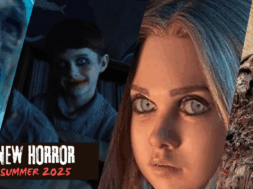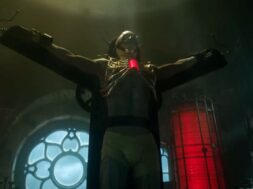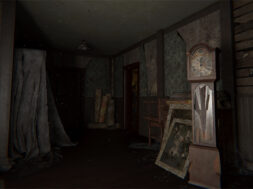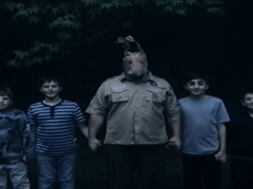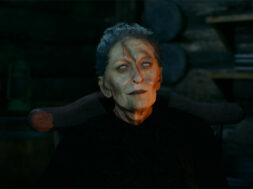Butcher Block is a weekly series celebrating horror’s most extreme films and the minds behind them. Dedicated to graphic gore and splatter, each week will explore the dark, the disturbed, and the depraved in horror, and the blood and guts involved. For the films that use special effects of gore as an art form, and the fans that revel in the carnage, this series is for you.
Italian director, screenwriter, special effects artist, and cinematographer Mario Bava has often been credited as birthing the giallo, which subsequently played a major influence on the rise of the American slasher. Bava’s major style departure from gothic to shocking carnage in A Bay of Blood in 1971 made the biggest impact, with popular slashers like Friday the 13th Part II borrowing heavily from the outline Bava laid out right down to some of the deaths. The plot is simple; a wealthy heiress is murdered in the opening scene, leaving her estate ripe for the taking and setting off a chain of murders as a result.
Also known as Carnage, Twitch of the Death Nerve, Blood Bath, and even Last House on the Left – Part II when it was released in drive-in theaters stateside, A Bay of Blood has a high body count at 13 kills, each death sequence topping the last. Fans and critics who previously admired Bava’s work hated this film, its nonstop brutal slaughter and gore without much in the way of coherent plot striking a nerve. Nothing had been released quite like this before. Actor Christopher Lee, who’d previously starred in Bava’s The Whip and the Body, was so disgusted with the violence on screen that he walked out of the theater when it opened. Though it may not have a familiar gothic aesthetic, the film still bears the marks of Bava’s eye for visual flair and a dark sense of humor. Bava establishes early on that it’s not one murderer behind the slayings, but quite a few greedy heir hopefuls. Very few endings have such a wry wink and a twisted sense of humor either.
Between the film’s title and the visceral deaths that included double impalement of a couple mid-coital, decapitations, impalements in the face with a billhook, throat slitting by billhook, and more, it should surprise no one that this film made the persecuted list of Video Nasties. Despite a low budget, which forced Bava to also assume the role of cinematographer, his experience in filmmaking and legendary special effects artist Carlo Rambaldi worked in tandem to create memorably effective gore for the deaths.

Rambaldi’s work meant for some gruesome viscera, and Bava wasn’t afraid to get up close and personal with it. Rambaldi has worked with the most influential of Italian horror directors, and his work with Lucio Fulci in the film A Lizard in a Woman’s Skin earned the special effects artist the rare distinction of being the first forced to prove in a court of law that his special effects work on a film wasn’t real. Rambaldi was a master of gore in the early to mid ‘70s, and would go on to win Academy Awards for Best Visual Effects for his work on Alien and E.T. the Extra-Terrestrial. All of this to say that A Bay of Blood brought two masters of horror together to create a unique bloodbath of a film that’s left an indelible mark on the slasher.
The slasher subgenre owes a lot to A Bay of Blood, particularly it’s body count. There are a few deaths in Friday the 13th Part II that seems to lift directly from Bava’s splatter filled slasher prototype, but the long-lasting influence continued for decades from films like The Burning to even Scream, and beyond. It’s a film that absolutely delivers for rabid fans of splatter, but it does so with some clever changes to convention and a twisted sense of humor.





